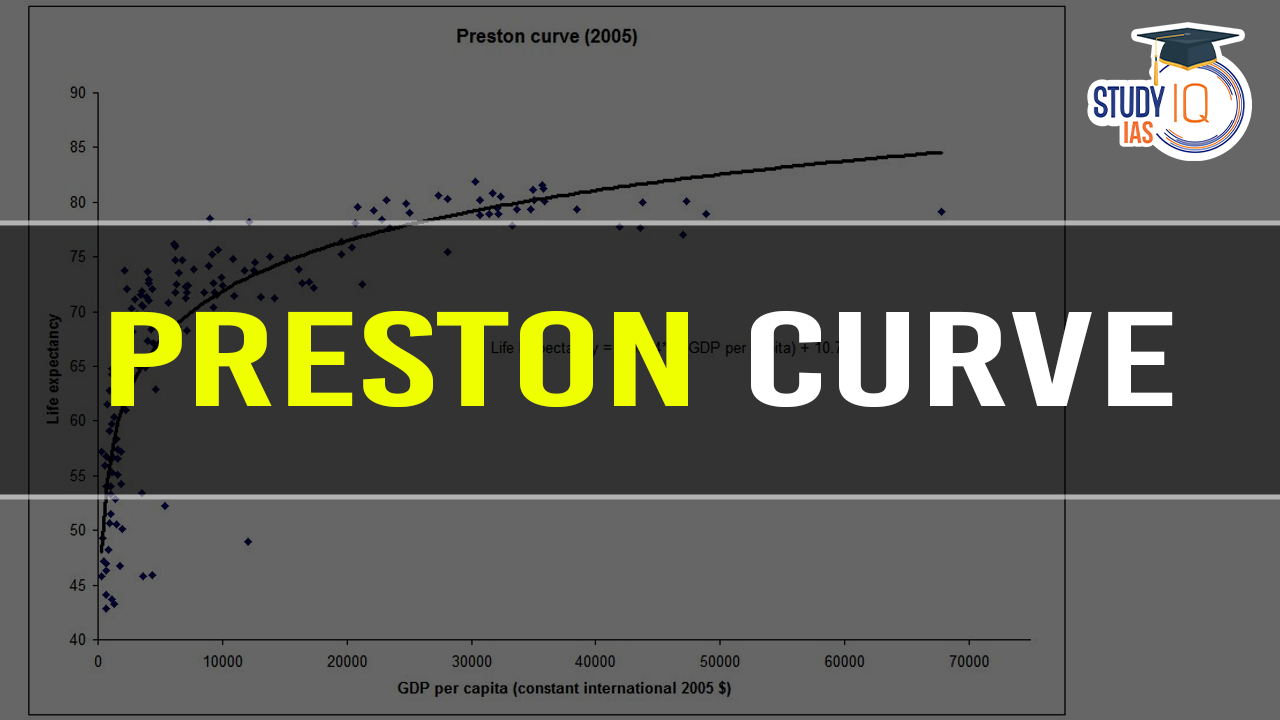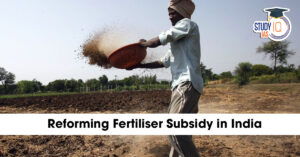Table of Contents
What Is Preston Curve?
- The Preston Curve is an empirical cross-sectional relationship between life expectancy and real per capita income.
- It was first described by Samuel H. Preston in 1975.
- It suggests that individuals born in richer countries tend to live longer than those born in poorer countries, likely due to factors like better healthcare access, education, sanitation, and nutrition.
- However, the relationship between income and life expectancy is not linear; it flattens out at higher levels of income.
- This means that while at low levels of income, increases in income are associated with large gains in life expectancy, at high levels of income, further increases in income have little effect on life expectancy.
Problems and Controversies
- Causality Debate: While the Preston Curve shows a correlation, there’s disagreement on whether higher income directly causes increased life expectancy or if other factors are at play.
- Economic Growth vs. Public Investment: Two opposing views exist:
- Some argue that economic growth is the primary driver of improved development outcomes.
- Example: India and China, where rapid growth has coincided with improved life expectancy.
- Others contend that public investment in health and education is more critical, citing instances where countries achieved higher life expectancy despite low incomes due to advancements in medical technology and public health initiatives.
- Some argue that economic growth is the primary driver of improved development outcomes.
- Technological Advancement and Income: The relationship between technological progress and income levels is complex, with richer countries often having access to better technologies. However, poorer countries can benefit from existing technologies developed elsewhere, potentially achieving higher life expectancy even at lower income levels.


 Industrial Parks in India: Driving Manuf...
Industrial Parks in India: Driving Manuf...
 National Maritime Heritage Complex (NMHC...
National Maritime Heritage Complex (NMHC...
 Reforming Fertiliser Subsidy in India: N...
Reforming Fertiliser Subsidy in India: N...

























